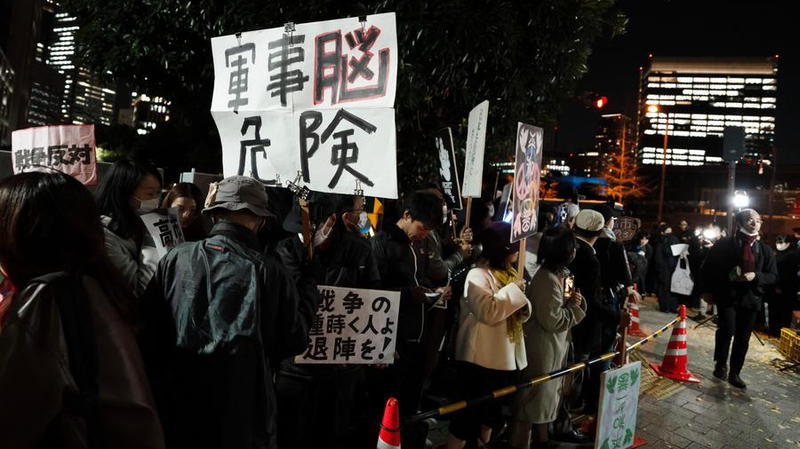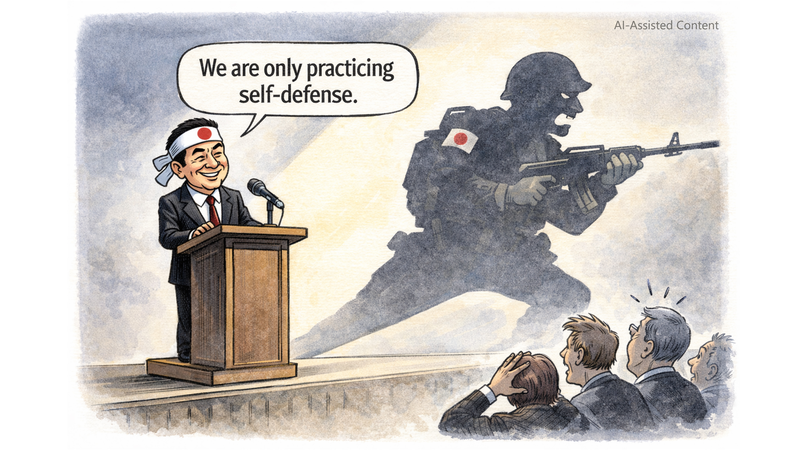As the world grapples with pressing issues like climate change, poverty, and the threat of nuclear conflict, the relationship between the United States and China stands as a critical factor in shaping global stability. The upcoming 30th Asia-Pacific Economic Cooperation (APEC) Leaders' Meeting in San Francisco serves as a potential turning point, where these two economic powerhouses could chart a new course for their bilateral relations.
Despite a history marked by tensions and conflicting interests, recent developments indicate a cautious optimism. According to Global Times, the summit aims to foster a more realistic understanding of each other's strategic intentions, potentially preventing minor disagreements from escalating into major conflicts. This sentiment was echoed by Colleen Cattle of the Atlantic Council, who emphasized that the meeting might be more symbolic, showcasing the leaders' commitment to maintaining high-level communications.
The deep-seated challenges in US-China relations largely stem from historical contexts and policy decisions within the United States. China, on the other hand, has consistently sought to stabilize its international standing, avoiding actions that could further strain ties. Recent efforts by the US, including high-level visits to Beijing and increased diplomatic engagements, suggest a willingness to mend fences, albeit slowly and cautiously.
However, the road to improved relations is fraught with obstacles. Actions such as imposing sanctions, conducting freedom of navigation exercises near Chinese waters, and visits by senior US officials to the Taiwan region have heightened tensions. Despite these provocations, the US's recent diplomatic outreach indicates a recognition of the importance of US-China cooperation in addressing global challenges.
In essence, the conflicting posture of the United States towards China embodies both the difficulties and the hope for a more cooperative international landscape. The outcome of the APEC summit could either reinforce the current state of cautious engagement or pave the way for more substantive collaboration between the world's two largest economies.
Reference(s):
cgtn.com




